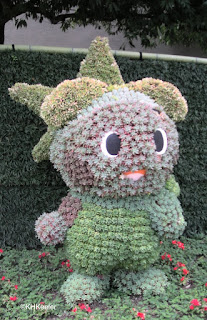The Marquis Frangipani eludes me.
Frangipani,
Plumeria, (link:
previous post) is one of the plants where the common name is no easier than the scientific name: both are multi-syllable words unfamiliar to most people. The scientific name is
Plumeria. That name was chosen by Linneaus in the middle 1700s in honor of the Franciscan monk and French botanist Charles Plumier (1646-1704,
biography), who collected and described many plants in the Caribbean in the late 1600s, one of which was plumeria. The plant was of course well-known to native Americans across the Caribbean and central America.
The Badianus Manuscript, 1552, describes it and its use by the Aztecs, but
The Badianus Manuscript was not widely known or available for many years after it was written (
link).






